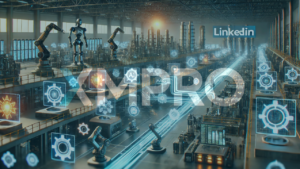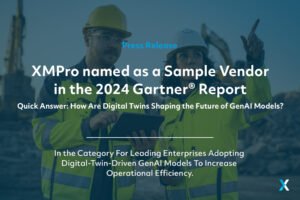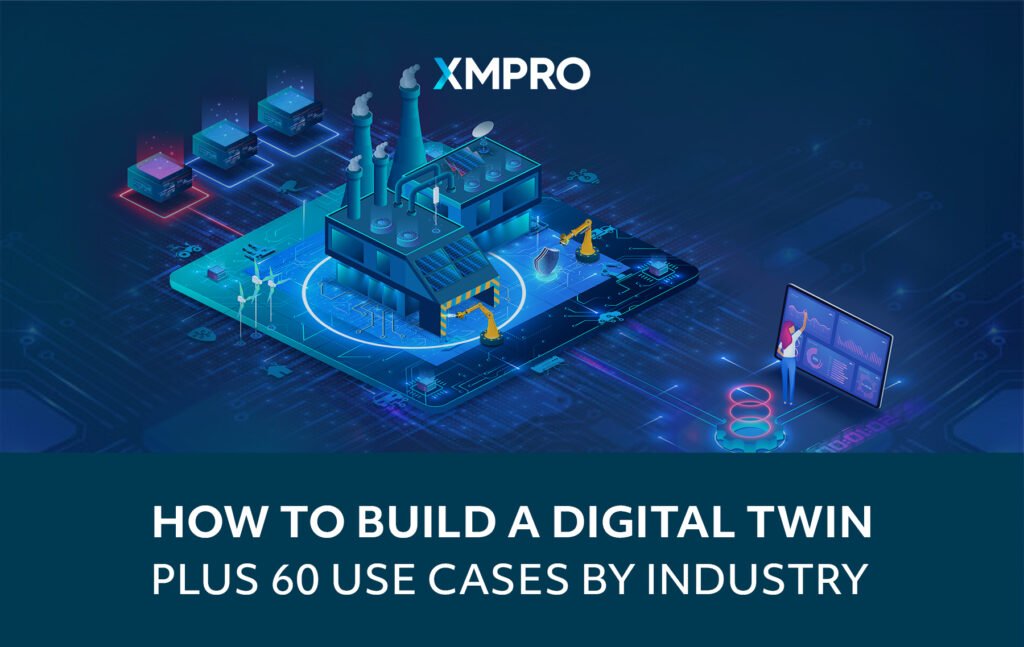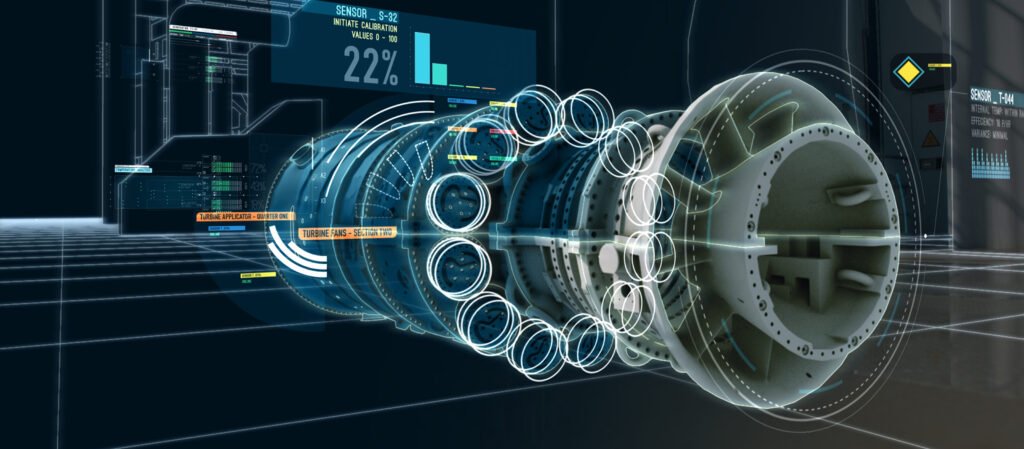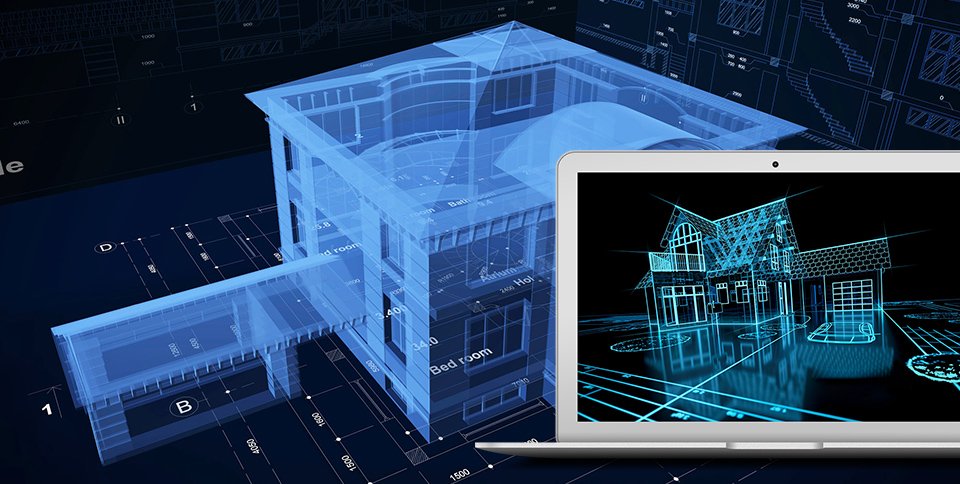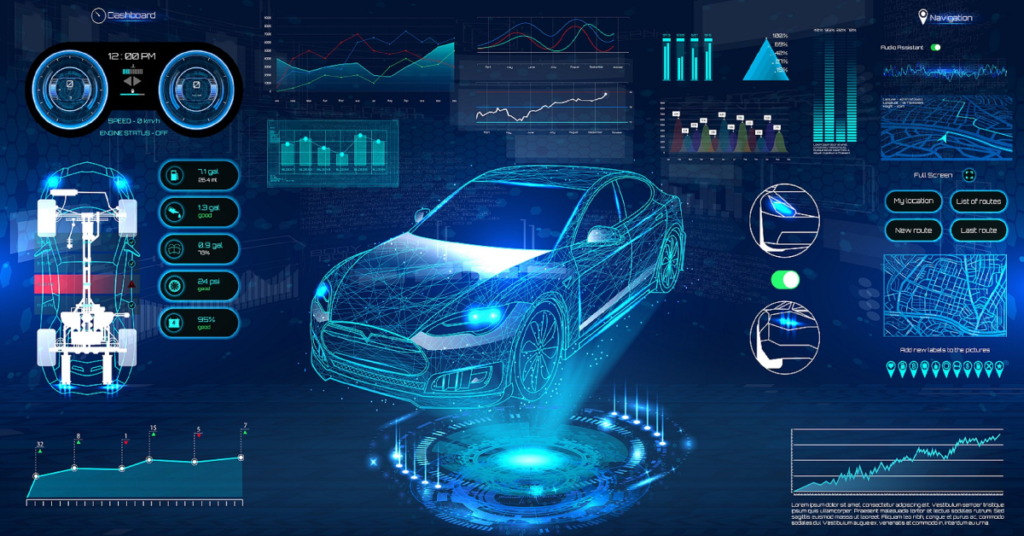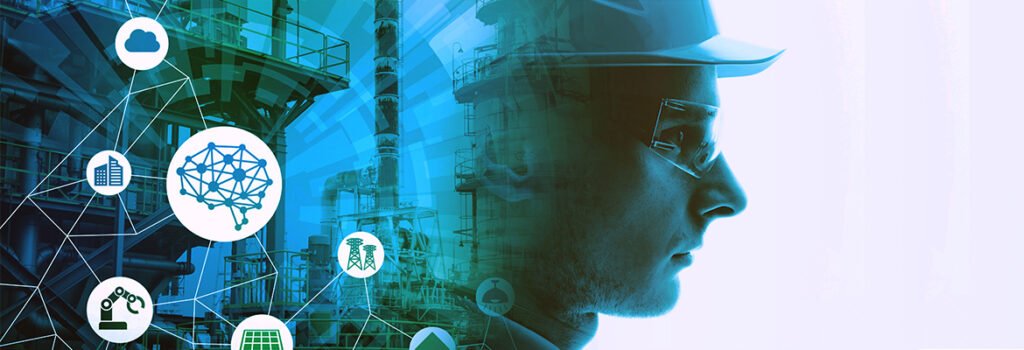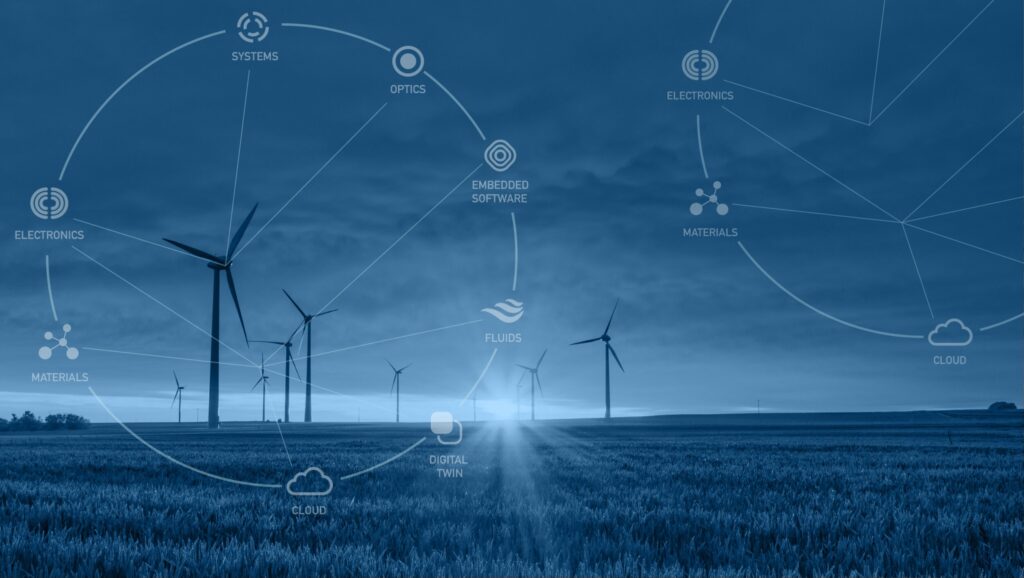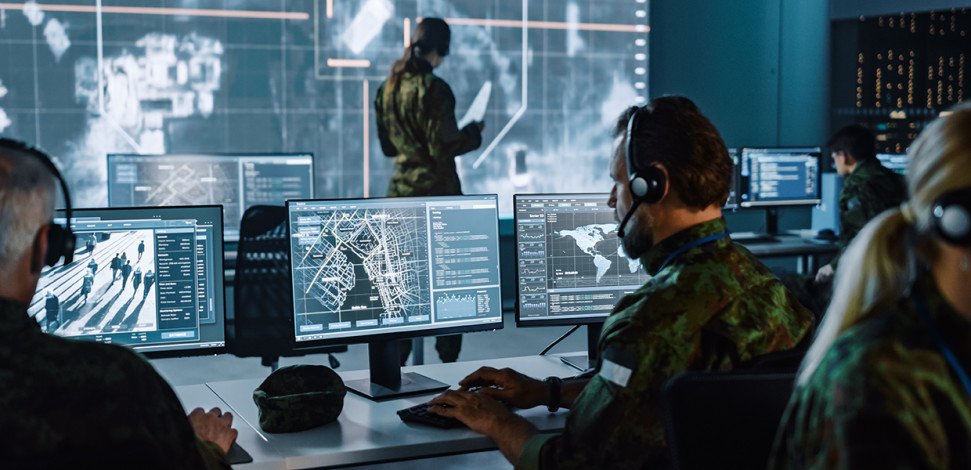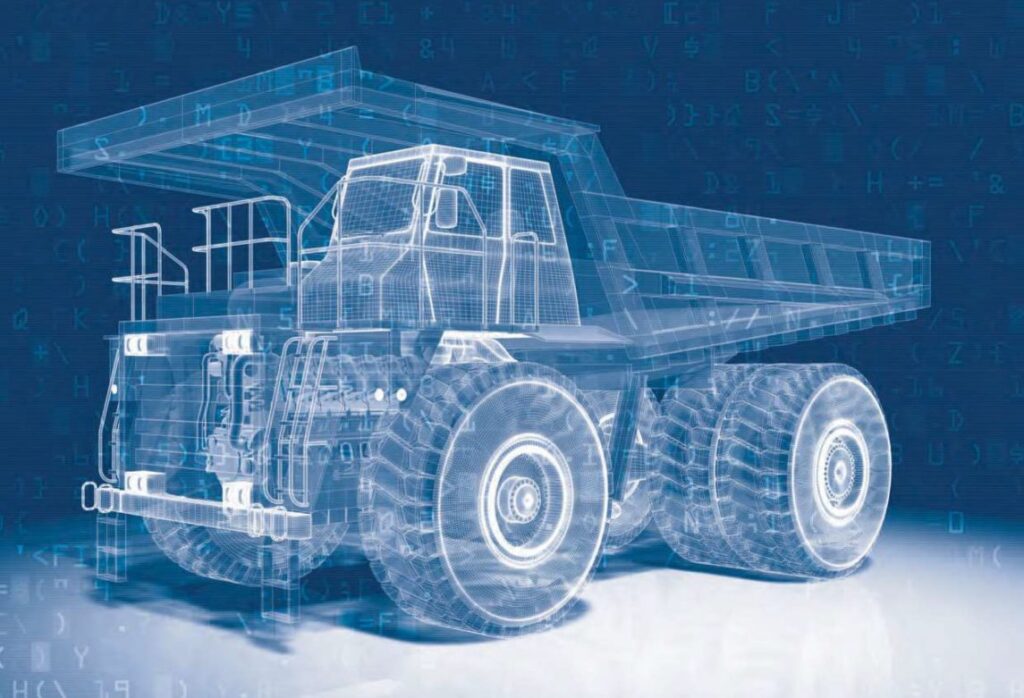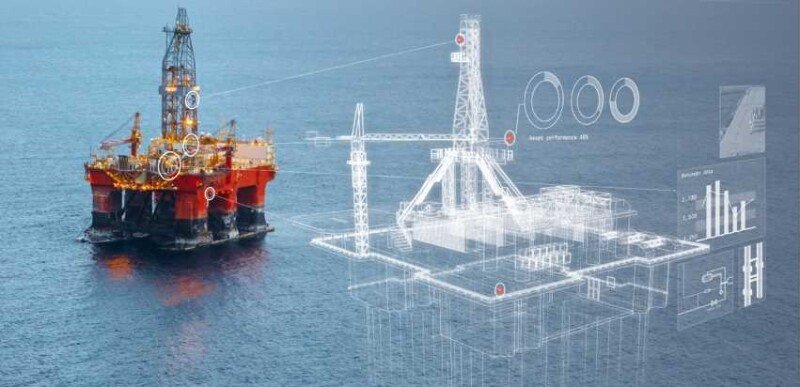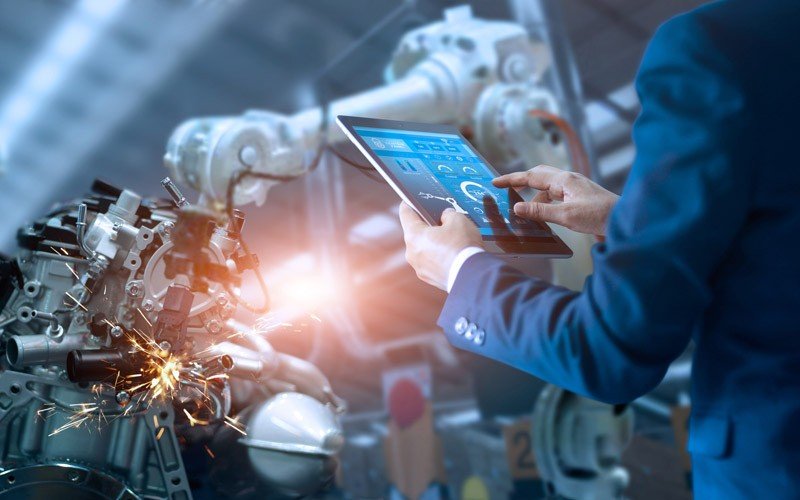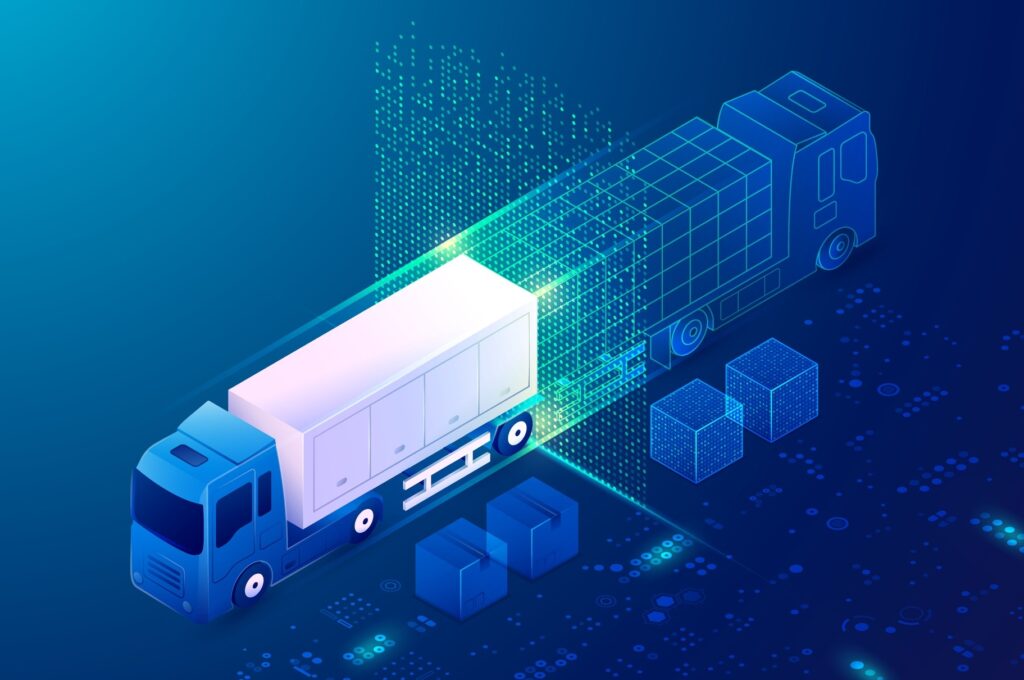INTRODUCTION
In recent years, the word “Digital Twin” has become quite a buzzword. Many industries have concluded that the future of operational excellence will be dictated by successful implementation of a composable digital twin strategy.
A successful composable digital twin strategy will not only give COOs a real-time view of assets, processes, and workflows but also help to create a common operating picture at the strategic, tactical, and operational level.
The word “Common Operating Picture” is a military term for a single identical display of relevant (operational) information (e.g. position of own troops and enemy troops, position and status of important infrastructure such as bridges, roads, etc.) shared by more than one command. A COP facilitates collaborative planning and combined execution and assists all echelons to achieve situational awareness.
Business leaders have realised that through an effective Digital Twin strategy, they can create a real-time COP that helps them:
- Avoid being blindsided by critical operational events
- Minimise asset down-time
- Increase asset output and lifespan.
- Improve operational safety & security
- Synchronize communication at a strategic, tactical and operational level
Most industries including mining, oil & gas, natural resources, and manufacturing are still in the very early stages of technology adoption – few know where to start, or exactly what a composable digital twin strategy looks like.
What is A digital Twin?
According to the Digital Twin Consortium – Digital Twins are virtual representations of real-world entities and processes, synchronized at a specified frequency and fidelity. Digital twins use real-time and historical data to represent the past and present and simulate predicted futures.
- Digital twin systems transform business by accelerating holistic understanding, optimal decision-making, and effective action.
- Digital twins use real-time and historical data to represent the past and present and simulate predicted futures.
- Digital twins are motivated by outcomes, tailored to use cases, powered by integration, built on data, guided by domain knowledge, and implemented in IT/OT systems.
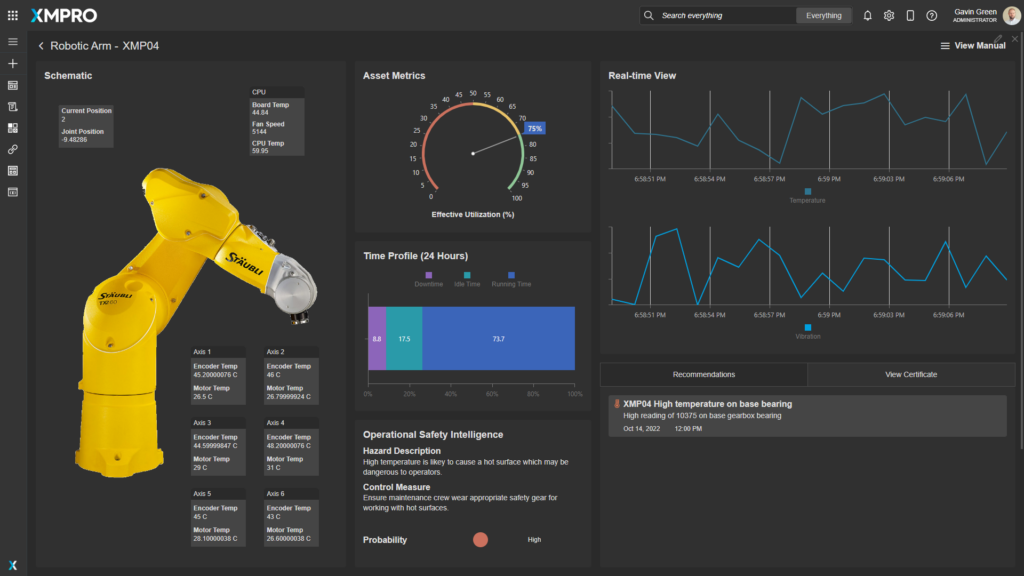
Digital Twin Example : Smart Manufacturing
In this example, real-time data is used for anomaly detection in a robotic arm.
Define The Problem & Scope
Before you can start to think about building a Digital Twin, you will firstly need to properly define the problem that you are trying to solve, including the scope, severity, and impact.
Many companies have fallen into the trap of building a Digital Twin without a proper problem and scope definition – this is simply planning to fail as the Digital Twin will lack the sufficient capabilities to solve the required business problem.
You will also need to think about how the ROI of your digital twin can be measured and benchmarked as it will be vital for the justification of the expansion of your business’ Digital Twin strategy, which should culminate in a real-time Common Operating Picture.
How to Build A Digital Twin
The very first step in building a digital twin is the same as with building anything – you need to make sure you have the right tools!
You wouldn’t build a house without making sure you have the right tools ready to get the job done, the same is true with digital twins.
Many companies jump in headfirst, trying to build their digital twin through an in-house point solution. This is a bit like trying to build a house by hand… In addition to spending over 50% of project budget on integration capability, there are a few critical issues with this approach:
- Point solutions are usually designed with only one use case in mind.
- Point solutions are usually not interoperable or scalable.
- Point solutions are resource intensive, and do not guarantee success.
“Okay, so point solutions won’t do for Digital Twins, what are the right tools that I need to build a Digital Twin strategy for my business?”
The key to building an effective Digital Twin strategy is found in the word “composability”
USING A COMPOSABLE APPROACH TO DIGITAL TWINS
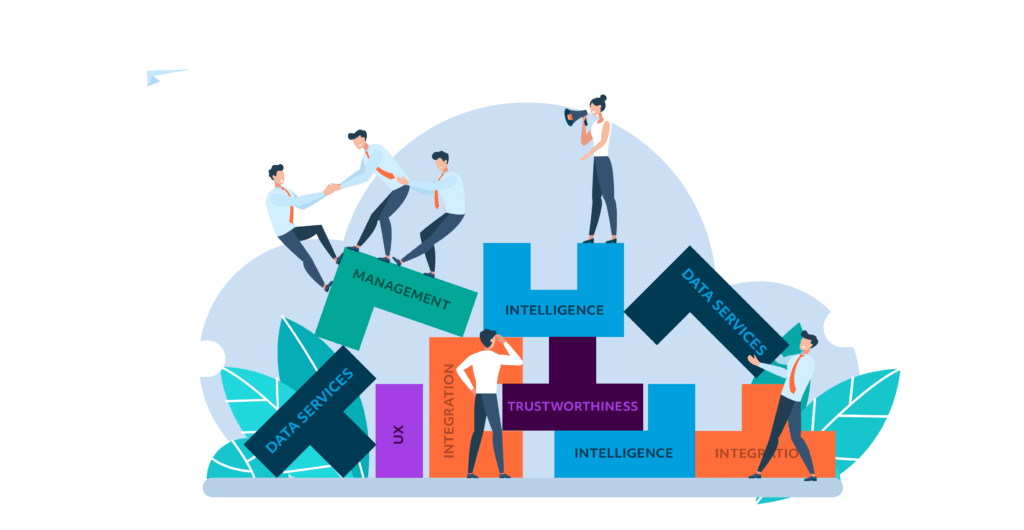
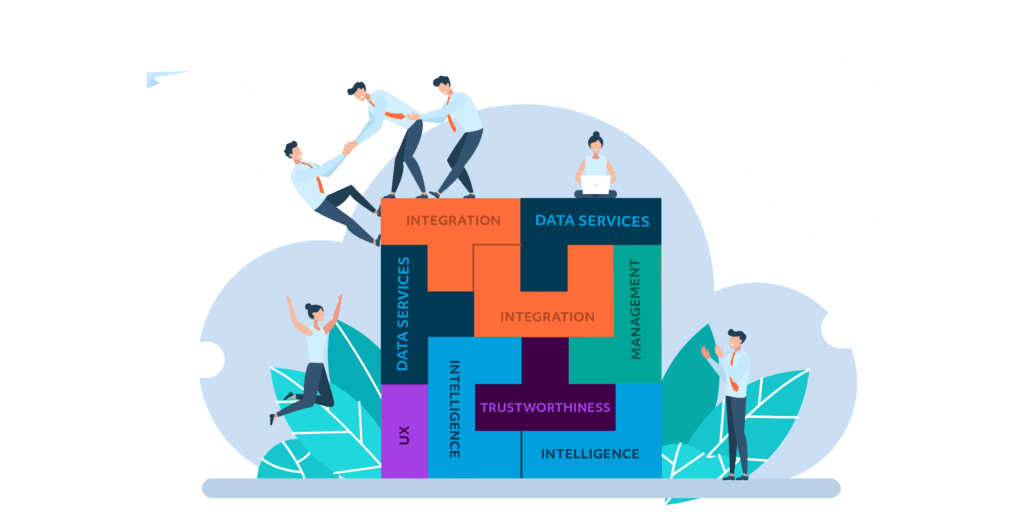
Composable Digital Twins is an application development approach for Digital Twins that is based on an agile, composable enterprise architectural pattern.
Using a composable approach to building digital twins is often a neglected topic, but is vital to the scalability of digital twin solutions within an organization. Composable digital twin solutions can be reused within new applications utilizing a “plug and play” fashion. It is the key ingredient to cementing competitive advantage over competitors.
Most businesses in asset-intensive industries are held hostage to large scale monolithic technology support platforms such as complex ERP’s and CRM. The only way a digital twin strategy can be implemented at scale is through composable digital twins that easily integrates across the board.
Composable Digital Twins focus on faster time to value, service-based orchestration, and reusing packaged business capabilities to develop and adapt highly scalable industrial applications for complex systems.
DIGITAL TWIN CAPABILITIES FRAMEWORK
Digital twins can be composed to solve a plethora of business use cases using packaged business capabilities.
The Digital Twin Consortium defines these capabilities in 6 different categories:
- Data Services
- Integration
- Intelligence
- UX
- Management
- Trustworthiness
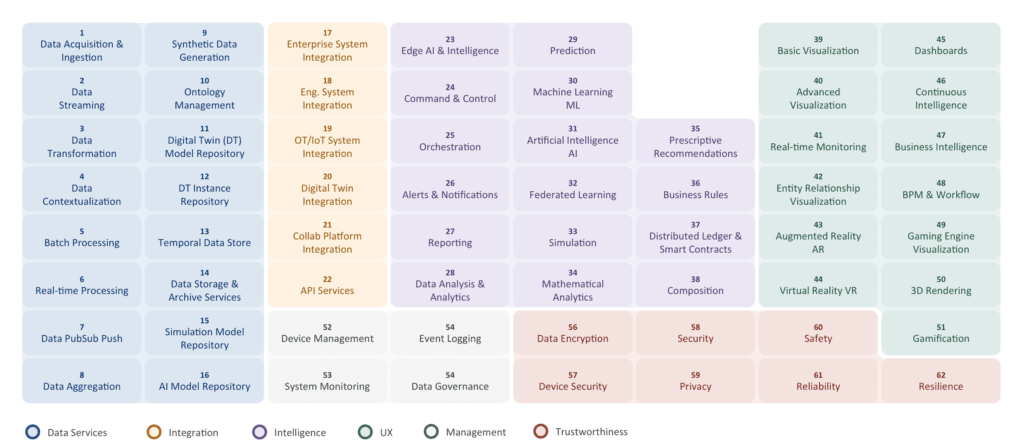
The 5 quick wins
At XMPro, we recommend that businesses identify the top 5 “quick wins” where initial Digital Twin development can create quick time-to-value, which in turn justifies the expansion of the digital twin environment within the organisation.
In order to do this, we use the XMPro prioritization matrix to assesses both business impact and technical readiness of a Digital Twin project. We go into more depth regarding this prioritization matrix in our article “Lean Digital Twin : Part 2” – read more…
ENABLE YOUR SUBJECT MATTER EXPERTS
Okay, so you have identified your first 5 “quick wins” where digital twins can make a real difference, the next step is to involve your subject matter experts in the solution design process. Your SME’s understand the problem better than anyone else, and will be the most effective at designing a digital twin solution to address it. XMPro’s No Code Digital Twin Composition Platform allows SME’s to easily compose their own digital twin solutions using blueprints and templates for quick time-to-value.
WHAT HAPPENS WHEN YOU GET THIS RIGHT
As an example, this is what happens when a digital twin strategy is effectively implemented:
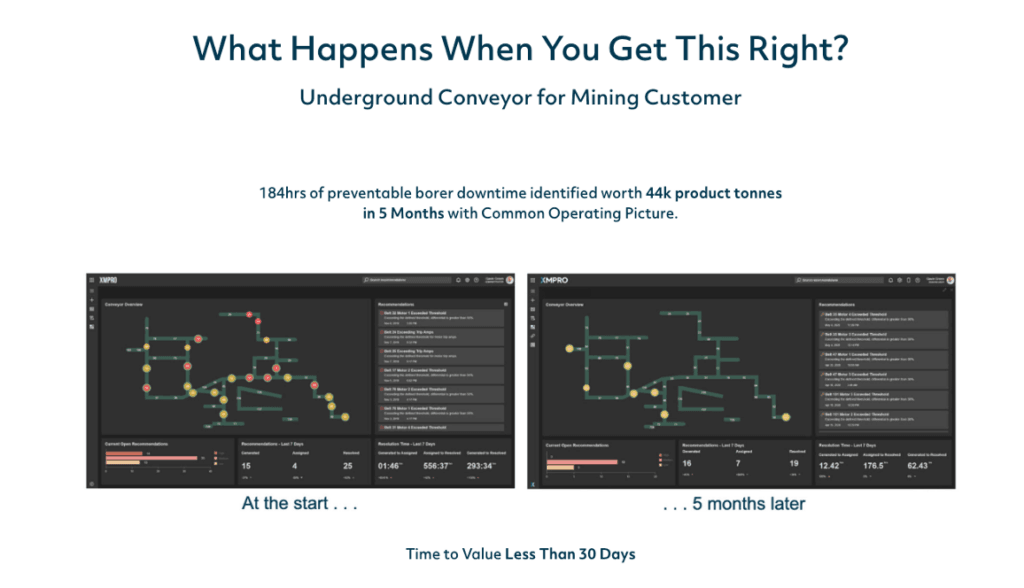
XMPro - The World's Only No-Code Digital Twin Composition Platform
With XMPro, you can compose your digital twin solutions without any code, and easily integrate with your current systems using our integration library.
The XMPro application designer also features prebuilt agents that allow users to fully leverage the pre-packaged business capabilities mentioned in the Digital Twin Consortium periodic table.
Okay, so you are ready to build your first Digital Twin – Why not make sure you have the right tools for success, and give XMPro a go!
We have helped many fortune 500 companies, including a fortune 20 business build real-time, Common Operating Pictures on XMPro’s Composable Digital Twin Platform that delivers >10x ROI, without kicking off a complex, long, and expensive IT project.
START FREE TRIAL60 DIGITAL TWIN USE CASES BY INDUSTRY
There are countless use-cases for digital twins in multiple industries. We are only scratching the surface of Digital Twin potential.
The only limit for this technology is the knowledge and creativity of your subject matter experts, as well as the tools you use to compose your digital twins.
XMPro Solutions
See how XMPro can help your business unlock it's full operational potential. Explore by use case, technology or industry.
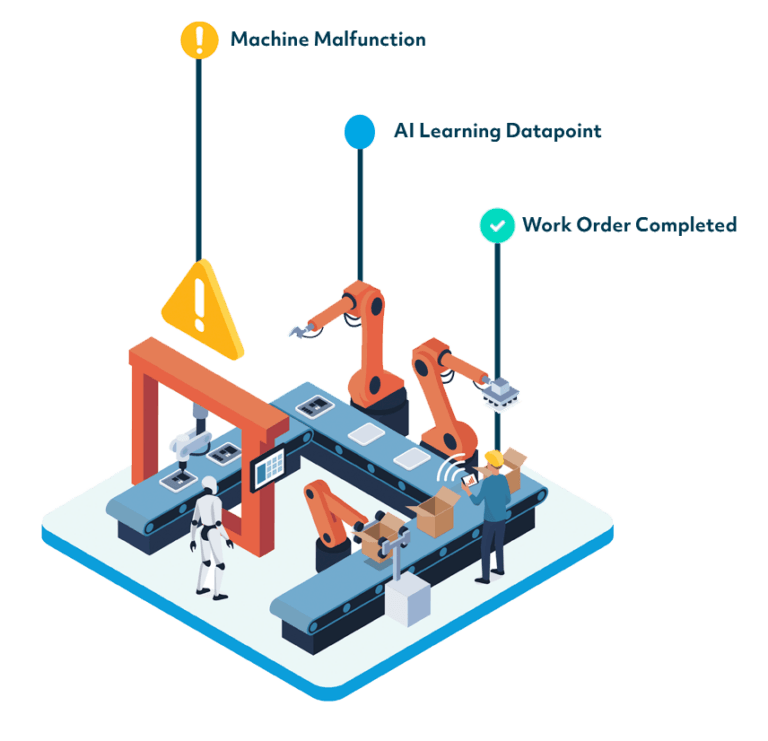
AEROSPACE
The aerospace industry is inherently complex, with decision making in design and engineering often having a mission critical impact if neglected. Digital twins play a vital role throughout the life-cycle of a project, from design and manufacturing, through to implementation and real-time operations monitoring.
USE CASES:
- Project Design & Development.
- Project Simulation & Onboarding.
- Predictive Maintenance & Prescriptive Operations
- Safety Monitoring
ARCHITECTURE
The architecture industry can leverage Digital Twins to render and model designs in real-time using AR overlays.
USE CASES:
- Augmented Reality Design Review
- Augmented Reality Onboarding & Training
- Smart Building Design Principles
AUTOMOTIVE
The Automotive industry uses Digital Twins to simulate and test new design concepts as well as identify issues before they happen.
USE CASES:
- 3D Product Development
- Human-machine Interfaces (HMI)
- Autonomous driving simulation
- Training & Guidance for Mechanics
- 3D configurators
CONSTRUCTION
Supply chain data has become essential for the construction industry to make critical business decisions. Through Digital Twins, the construction industry can better visualise projects from design through to operations and maintenance.
USE CASES:
- Real time Asset Security
- Predictive Maintenance
- Worker Safety Zones
- Real-Time Design Collaboration
- Immersive AR safety training
- Real-Time Project Timeline Visualisation
ENERGY
Energy companies are increasingly outfitted with Industry 4.0 technology such as IoT sensors, AI-enabled cameras and real-time 3D modelling.
The application of these tools in the construction of Digital twins can help this industry to make better decisions in real-time, increase production, improve maintenance as well as safety & security concerns.
USE CASES:
- Augmented Reality Field Servicing
- Real-Time Remote Performance Management
- Asset Security through Geo Location Perimeter Monitoring.
INFRASTRUCTURE
Modern city planners can use interactive models and live IoT data to simulate mobility pattern, traffic flow, climate impact and even energy efficiencies.
Digital twins are exponentially expanding in this space, from individual systems through to comprehensive smart cities that cover key infrastructure such as airports, transportation networks and even entire Smart Building CBD’s with integrated IoT sensors.
USE CASES:
- Real-time traffic flow monitoring
- 3D City planning and expansion simulation
- Real-time parking meterage monitoring
- Real-time safety monitoring
- 3D visual incident reporting and analytics
- Real-time crime prevention
- Common Operating Picture for operations management
- Building carbon footprint management
MILITARY / DEFENCE
We have seen the development of AI-enabled Digital Twin technology accelerate, especially in the defence and intelligence sectors of government.
This cutting-edge tech is being applied to a variety of applications, but the most notable of these would be AI-enabled real-time vehicle and asset monitoring for situational awareness in high-risk environments such as foreign warzones. This not only allows command to pre-empt imminent risks, but take action based on AI-recommendations.
USE CASES:
- Real-time COP of high risk environments (warzones)
- Weapon and vehicle modelling and simulation
- Augmented Reality weapons and environment training
- Forensic Auditing of foreign environments
- Real-time security of high-risk munitions
- Artillery and munition simulation
- Real-time asset health and vitals monitoring
MINING
The mining industry, in many ways, is at the forefront of digital twin development. Not only do we see sophisticated real time operations management in action, but advanced AI based decision making has grown in leaps and bounds. Some players have successfully implemented real-time operating pictures at the operational, tactical and strategic levels.
USE CASES:
- AI-enabled Predictive Maintenance
- Geo-location Underground Safety Monitoring
- Mission Critical Asset Monitoring Systems
- Immersive Augmented Reality Safety Training
- Improve Machine Output Performance
- Anomaly detection
Oil & Gas
The oil & gas industry has been working with dynamic software models for years. In a natural progression, cloud computing, advanced simulation, virtual system testing, virtual/augmented reality and machine learning has merged into fully fledged digital twins which feature packaged digital twin capabilities necessary for real-time event intelligence and operational awareness.
USE CASES:
- Offshore Well Integrity Digital Twin
- EPC Digital Twin
- Virtual commissioning, training & startup.
- Simulation twin for cost-weight estimations
- Gas Turbine twin for predictive maintenance
- Optimum output simulation twin
MANUFACTURING
We are seeing an emerging trend amongst the manufacturing industry. There seems to be a consensus that digital twins will be the catalyst that ushers in the fourth industrial revolution, much like previous revolutions, players who fail to keep up with advancing technology will be left behind.
Digital twins will transform the entire product lifestyle. This includes revolutionary product design and immersive planning simulations, to faster product development and product functionality.
A key aspect of smart manufacturing that is still largely untapped, is Digital Twin technology on demand as a way for Original Equipment Manufacturers to differentiate their offering. By offering a digital twin alongside their product as a “Software As A Service” OEM’s can create new value for customers, while exploring new avenues of monetization.
USE CASES:
- Smart Factory Layout Design
- Real-time Robotics Monitoring
- Prescriptive Maintenance Scheduling
- “Golden Batch” OEE monitoring
- Smart Product design and simulation
- Real-time product data feeds for R&D
SUPPLY CHAIN
If the pandemic has taught the supply chain industry anything, it is that the value of real-time data decreases significantly as time moves on.
As Freight charges skyrocketed, it was the companies with the best real-time data that could determine the best course of action to navigate through the tumultuous time that was 2020-2021.
USE CASES:
- Leverage AI to predict performance of packaging materials
- Optimize warehouse design
- Real-time Logistics Network Visualization
- AI-enabled stock ordering and logistics.
- Geolocation based stock integrity tracking
- Real-time warehouse operations safety monitoring





